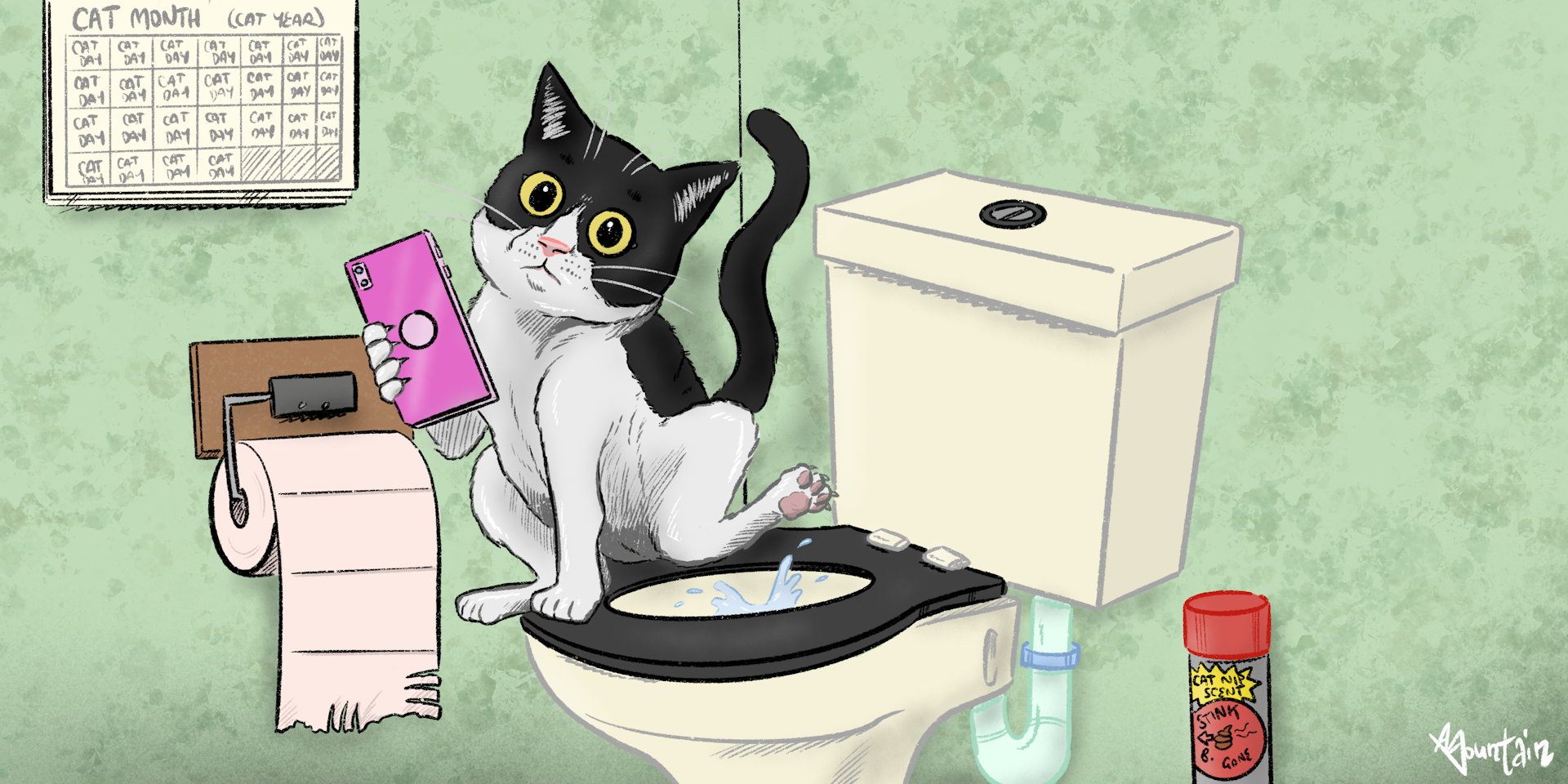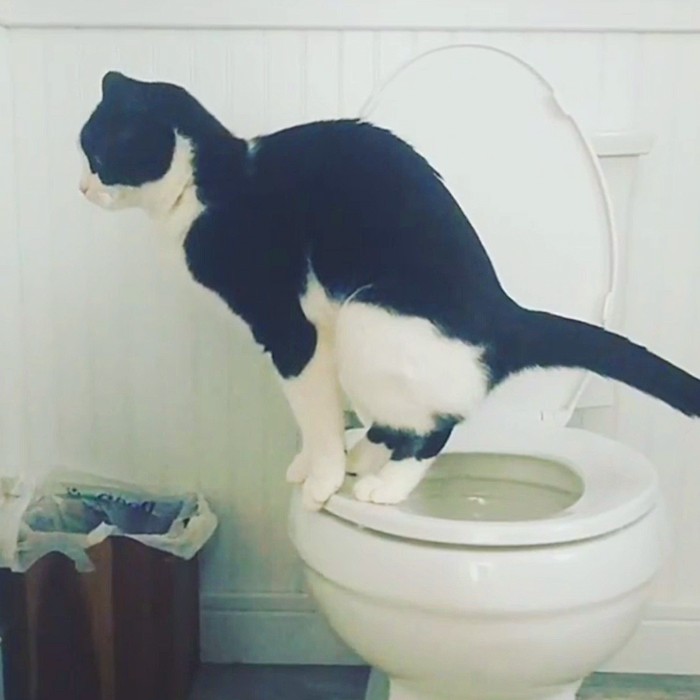Listed here down the page you will discover lots of awesome information related to Can You Flush Cat Poop Down The Toilet?.

Intro
As cat proprietors, it's important to be mindful of how we dispose of our feline good friends' waste. While it may seem convenient to purge feline poop down the toilet, this method can have harmful effects for both the atmosphere and human health.
Alternatives to Flushing
Luckily, there are safer and extra accountable means to throw away cat poop. Take into consideration the complying with choices:
1. Scoop and Dispose in Trash
The most usual technique of dealing with pet cat poop is to scoop it into a naturally degradable bag and throw it in the garbage. Make sure to make use of a devoted clutter scoop and throw away the waste promptly.
2. Use Biodegradable Litter
Go with naturally degradable pet cat litter made from materials such as corn or wheat. These litters are environmentally friendly and can be securely dealt with in the garbage.
3. Hide in the Yard
If you have a yard, think about hiding cat waste in an assigned location away from vegetable yards and water sources. Make sure to dig deep adequate to prevent contamination of groundwater.
4. Set Up a Pet Waste Disposal System
Purchase a pet dog waste disposal system particularly made for cat waste. These systems use enzymes to break down the waste, minimizing odor and environmental influence.
Health Risks
Along with environmental worries, purging pet cat waste can additionally pose health and wellness threats to people. Pet cat feces may include Toxoplasma gondii, a bloodsucker that can cause toxoplasmosis-- a potentially severe health problem, specifically for expecting females and people with damaged immune systems.
Ecological Impact
Flushing pet cat poop presents dangerous virus and bloodsuckers right into the water supply, positioning a considerable risk to aquatic ecosystems. These pollutants can adversely affect aquatic life and concession water top quality.
Conclusion
Accountable family pet ownership prolongs beyond offering food and shelter-- it also involves proper waste management. By refraining from purging pet cat poop down the toilet and opting for different disposal approaches, we can decrease our ecological footprint and safeguard human health.
Why Can’t I Flush Cat Poop?
It Spreads a Parasite
Cats are frequently infected with a parasite called toxoplasma gondii. The parasite causes an infection called toxoplasmosis. It is usually harmless to cats. The parasite only uses cat poop as a host for its eggs. Otherwise, the cat’s immune system usually keeps the infection at low enough levels to maintain its own health. But it does not stop the develop of eggs. These eggs are tiny and surprisingly tough. They may survive for a year before they begin to grow. But that’s the problem.
Our wastewater system is not designed to deal with toxoplasmosis eggs. Instead, most eggs will flush from your toilet into sewers and wastewater management plants. After the sewage is treated for many other harmful things in it, it is typically released into local rivers, lakes, or oceans. Here, the toxoplasmosis eggs can find new hosts, including starfish, crabs, otters, and many other wildlife. For many, this is a significant risk to their health. Toxoplasmosis can also end up infecting water sources that are important for agriculture, which means our deer, pigs, and sheep can get infected too.
Is There Risk to Humans?
There can be a risk to human life from flushing cat poop down the toilet. If you do so, the parasites from your cat’s poop can end up in shellfish, game animals, or livestock. If this meat is then served raw or undercooked, the people who eat it can get sick.
In fact, according to the CDC, 40 million people in the United States are infected with toxoplasma gondii. They get it from exposure to infected seafood, or from some kind of cat poop contamination, like drinking from a stream that is contaminated or touching anything that has come into contact with cat poop. That includes just cleaning a cat litter box.
Most people who get infected with these parasites will not develop any symptoms. However, for pregnant women or for those with compromised immune systems, the parasite can cause severe health problems.
How to Handle Cat Poop
The best way to handle cat poop is actually to clean the box more often. The eggs that the parasite sheds will not become active until one to five days after the cat poops. That means that if you clean daily, you’re much less likely to come into direct contact with infectious eggs.
That said, always dispose of cat poop in the garbage and not down the toilet. Wash your hands before and after you clean the litter box, and bring the bag of poop right outside to your garbage bins.
https://trenchlesssolutionsusa.com/why-cant-i-flush-cat-poop/

Do you like more info about How to Dispose of Cat Poop and Litter Without Plastic Bags? Put a remark directly below. We will be interested to hear your feelings about this entry. We hope to see you back again in the near future. Feel free to set aside a second to promote this content if you enjoyed reading it. Thanks a lot for your time. Don't hesitate to stop by our website back soon.
Book Appointment Now